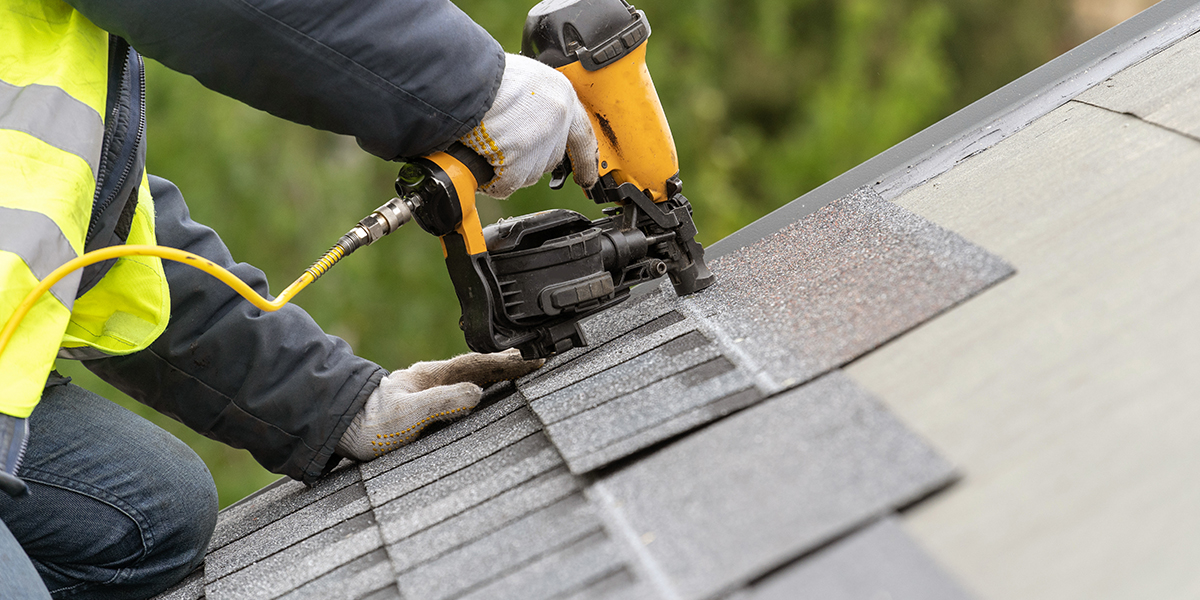FAQs
Selecting a contractor
The price of a new roof varies widely depending on materials selected, contractor doing the work, size of the home, location of the home, local labor rates and time of year. To get a good idea of price, get three or four proposals from reputable contractors in your area. Keep in mind price is only one factor, and it must be balanced with the quality of the materials and workmanship. For each roofing material, there are different grades and corresponding prices. There also are a variety of styles and shapes. You need to look at the full product range and make a choice based on your budget and needs.
Clearly written, detailed proposals are a good sign the contractor is being thorough and has prepared an accurate estimate. Following is a partial list of items your estimate or proposal should include:
- The type of roof covering, manufacturer and color
- Materials to be included in the work
- Scope of work
- Removal or replacement of existing roof
- Flashing work
- Ventilation work
- Who is responsible for repairing/replacing exterior landscape or interior finishes that are damaged during the course of work
- Installation method
- Approximate starting and completion dates
- Payment procedures
- Length of warranty and what is covered
There are different warranties you will come across during your roofing project. First, there will be the manufacturer’s warranty. In general, this warranty covers defects in the manufacture of the roof covering material. The period of coverage can range from 20 years to a lifetime. Once the project is complete, be sure the contractor provides you with a certificate for your records. Second, the roofing contractor will provide you with a workmanship warranty. Typically, this will cover installation and related issues. The warranty should contain what items are covered and what will void them. Many contractors offer one or two years of coverage; however, there is no industry standard.
ATTIC VENTILATION
There are differing opinions concerning the amount of attic ventilation necessary. Based on current research, the strongest case for ventilating asphalt shingle roof assemblies with outside air exists for homes located in cold climates and where snow accumulations persist on roofs for extended periods of time. Under those conditions, ventilation has been shown to be a valuable strategy for removing excess moisture from attics, preventing condensation that can damage roof sheathing and preventing ice dam formation.
In addition, ventilation with outside air reduces average attic air temperatures in summer. Research has not verified a significant effect of attic ventilation on the average roof surface temperature. In fact, research results indicate ventilation has less effect on average roof surface temperature than the direction a roof faces or roofing material color.
Asphalt shingle manufacturers’ warranties may make coverage conditional on meeting minimum ventilation requirements. You should consult manufacturers for specific ventilation requirements when selecting an asphalt shingle product.
Project problems
There are no specific temperature guidelines regarding when it is too cold to install asphalt shingles. Asphalt shingles become brittle in cold temperatures, but breakage can be minimized or eliminated if shingles are stored in a warm area and loaded onto the roof a few bundles at a time. Another concern is the self-sealing strips will not seal or bond sufficiently in cold temperatures. Hand-tabbing (applying quarter-size dabs of adhesive to the underside of shingles) is recommended if a home is in an area prone to high winds. This will help prevent the shingles from blowing off the roof until warmer weather arrives and the sealing strips can set properly.
If the wrinkling isn’t severe enough to affect shingle installation, the underlayment probably can remain in place. The effects of wrinkling will be minimized by using heavier-weight shingles. An underlayment can remain in place without a roof covering for some length of time. Time is not the critical issue; the condition of the underlayment is what’s important.


